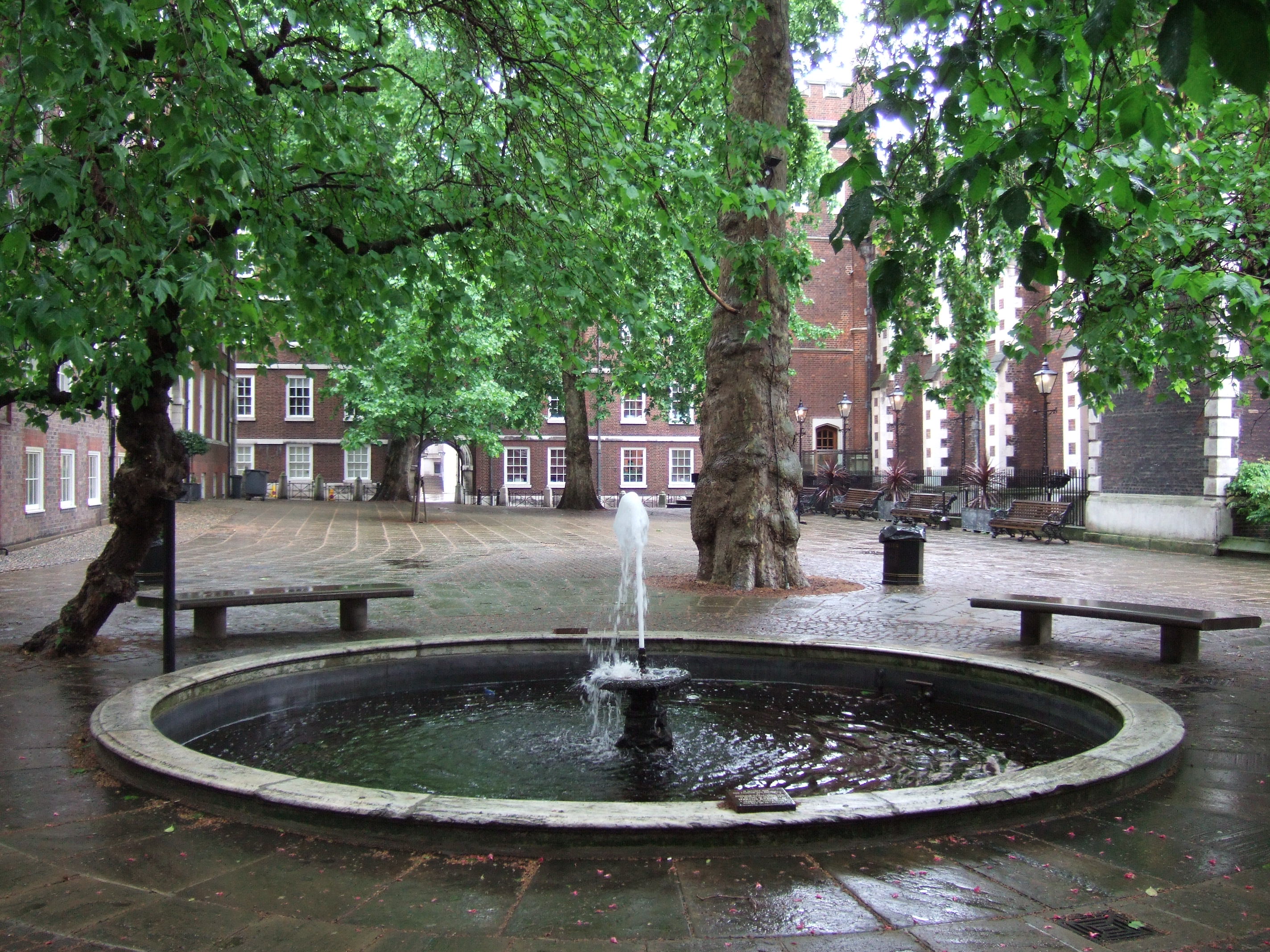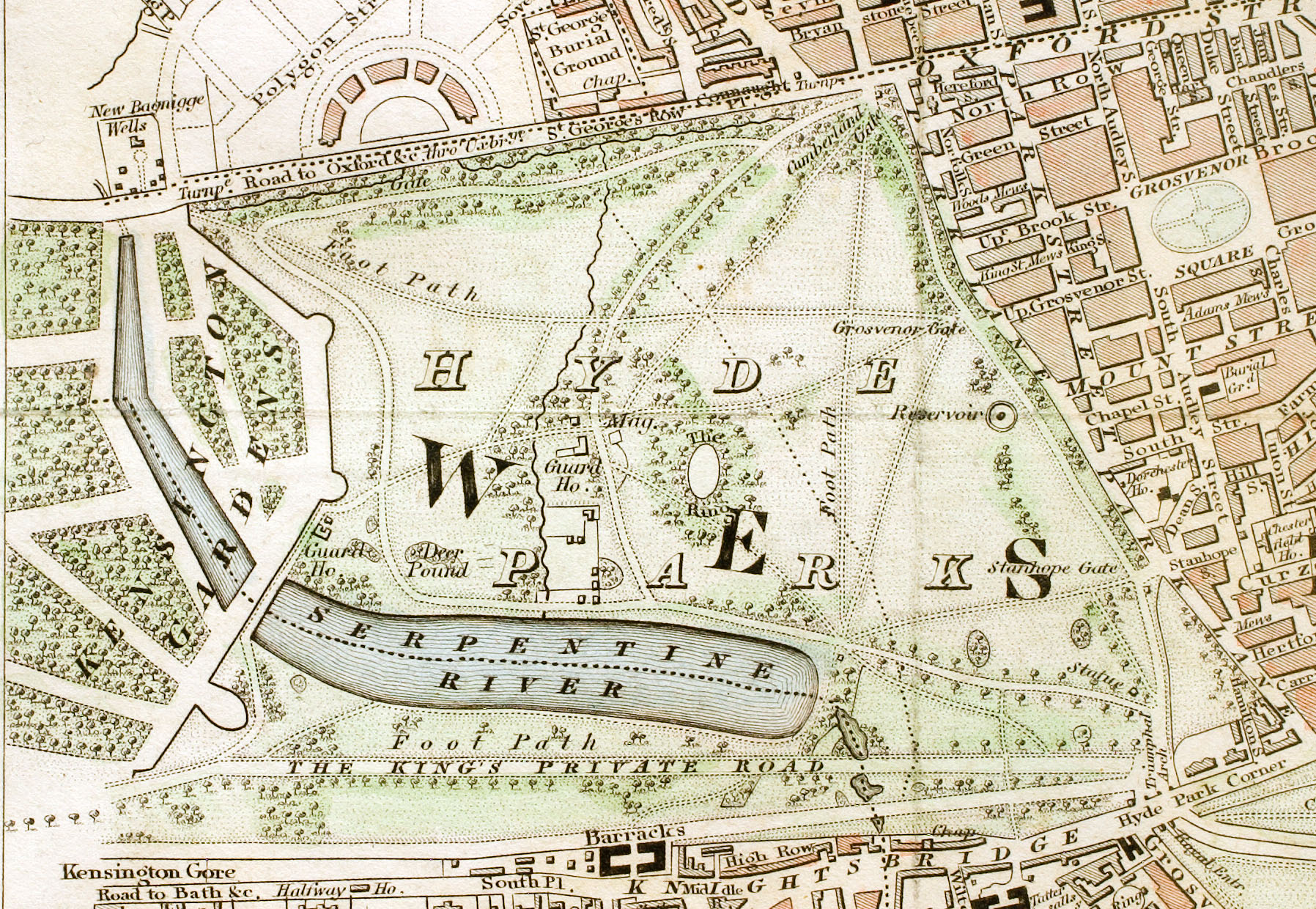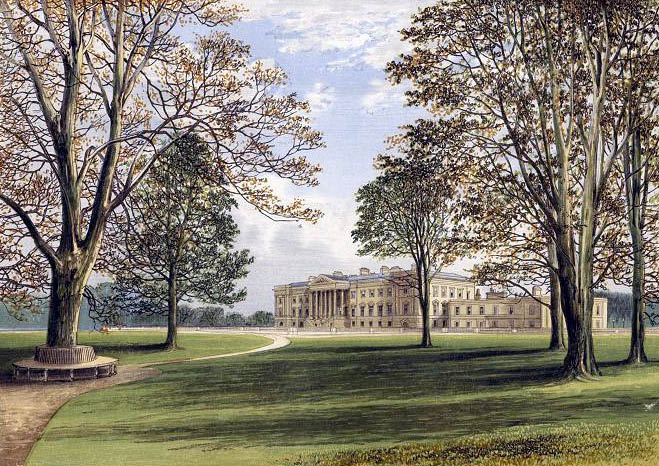|
List Of People Killed In Duels
This is a list of people killed in duels by date: 16th century *Cadeguala, Mapuche toqui, by Alonso García de Ramón at Purén, Chile 1585 * Sir William Drury, English politician and soldier, by Sir John Borough, died from wound received in duel in France 1590 *Gabriel Spenser, Elizabethan actor, by Ben Jonson on Hoxton Fields, London 1598 17th century * Sir John Townshend, English politician, by Sir Matthew Browne on Hounslow Heath, London 1603. Browne himself was killed on the spot by Townshend, who in turn died of his wounds the following day. * Peter Legh, English politician, by Valentine Browne 1640 *Armand d'Athos, inspiration for the Alexandre Dumas character of the same name 1643 * Charles Price, English politician, by Capt. Robert Sandys at Presteigne 1645 *Sir Henry Bellasis (heir of John Belasyse, 1st Baron Belasyse), by Thomas Porter (dramatist) at Covent Garden, London 1667 *Francis Talbot, 11th Earl of Shrewsbury, by the Duke of Buckingham 1668 * Walter Nor ... [...More Info...] [...Related Items...] OR: [Wikipedia] [Google] [Baidu] |
Cadeguala
Cadeguala or ''Cadiguala''Pedro Mariño de Lobera, CRÓNICA DEL REINO DE CHILE, Cap. XXXV: Diego de Rosales, “Historia General del Reino de Chile”, Flandes Indiano, Tomo II, Capítulos LII, LIII, LIV was a Mapuche toqui elected in 1585 following the death in battle of the previous toqui Nangoniel. Cadeguala was a noted warrior and the first Mapuche toqui known to have used cavalry successfully in battle. He was killed in a duel with the garrison commander of the Spanish fort at Purén in 1586. While very young he entered the Mapuche army as a private, although he was a nobleman, and gradually won promotion to the grade of general. The toqui, Cayancaru, gave him command of a strong army to attack the city of Angol, which he did without success, but then marched to the city of Arauco, besieged and entered it. Afterward he intended to attack Fort Trinidad, this fortress commanding the passage from Bio-bio River, but a body of Spanish troops under Francisco Hernandez came out and ... [...More Info...] [...Related Items...] OR: [Wikipedia] [Google] [Baidu] |
Walter Norborne (died 1684)
Walter Norborne (18 November 1655 – September 1684) was an English politician who sat in the House of Commons in 1679 and from 1681 to 1684. He was killed in a duel at the age of 28. Norborne was the son of Walter Norborne of Hilmarton and his wife Mary Chivers, daughter of Henry Chivers of Quemerford and his wife Elizabeth Seacole of Milton, Oxfordshire. His father was a Royalist MP for Calne. In February 1679, Norborne was elected Member of Parliament for Calne and sat until August 1679. In 1681 he was re-elected MP for Calne and sat until his death in 1684. Norborne was killed in a duel with an Irishman at the fountain at Middle Temple in September 1684. Norborne married Frances Bacon, daughter of Sir Edmund Bacon and his wife Elizabeth Crane.William Betham''The baronetage of England Volume 1''/ref> He left two daughters, Elizabeth who married Edward Devereux, Viscount Hereford Viscount Hereford is the oldest and only extant viscountcy in the Peerage of England, ma ... [...More Info...] [...Related Items...] OR: [Wikipedia] [Google] [Baidu] |
Jacobitism
Jacobitism (; gd, Seumasachas, ; ga, Seacaibíteachas, ) was a political movement that supported the restoration of the senior line of the House of Stuart to the Monarchy of the United Kingdom, British throne. The name derives from the first name of James II and VII, which in Latin translates as ''Jacobus (name), Jacobus''. When James went into exile after the November 1688 Glorious Revolution, the Parliament of England argued that he had abandoned the Kingdom of England, English throne, which they offered to his Protestant daughter Mary II, and her husband William III of England, William III. In April, the Convention of Estates (1689), Scottish Convention held that he "forfeited" the throne of Scotland by his actions, listed in the Articles of Grievances. The Revolution thus created the principle of a contract between monarch and people, which if violated meant the monarch could be removed. Jacobites argued monarchs were appointed by God, or Divine right of kings, divine right, a ... [...More Info...] [...Related Items...] OR: [Wikipedia] [Google] [Baidu] |
Scotland
Scotland (, ) is a country that is part of the United Kingdom. Covering the northern third of the island of Great Britain, mainland Scotland has a border with England to the southeast and is otherwise surrounded by the Atlantic Ocean to the north and west, the North Sea to the northeast and east, and the Irish Sea to the south. It also contains more than 790 islands, principally in the archipelagos of the Hebrides and the Northern Isles. Most of the population, including the capital Edinburgh, is concentrated in the Central Belt—the plain between the Scottish Highlands and the Southern Uplands—in the Scottish Lowlands. Scotland is divided into 32 administrative subdivisions or local authorities, known as council areas. Glasgow City is the largest council area in terms of population, with Highland being the largest in terms of area. Limited self-governing power, covering matters such as education, social services and roads and transportation, is devolved from the Scott ... [...More Info...] [...Related Items...] OR: [Wikipedia] [Google] [Baidu] |
George Lockhart (politician)
Sir George Lockhart of Lee (1673 – 17 December 1731), of Carnwath, South Lanarkshire, also known as Lockhart of Carnwath, was a Scottish writer and Jacobite politician who sat in the Parliament of Scotland from 1702 to 1707 and as a Tory in the House of Commons from 1708 to 1715. He was a member of the Commission on the Union before 1707 but acted as an informant to his Jacobite colleagues and later wrote an anonymous memoir of its dealings. He supported the Stuart cause in the Jacobite rising. Early life Lockhart was the son of Sir George Lockhart of Carnwath and his second wife Philadelphia Wharton, daughter of Philip Wharton, 4th Baron Wharton and sister of Thomas Wharton, 1st Marquess of Wharton one of the leaders of the Whig Junta. After his father’s death, Lockhart succeeded to a sizable estate at the age of eight years. His Whiggish guardians removed his tutor, John Gillane, the family’s episcopalian chaplain. His education was placed in the hands of Presbyter ... [...More Info...] [...Related Items...] OR: [Wikipedia] [Google] [Baidu] |
Peder Tordenskjold
Peter Jansen Wessel Tordenskiold (28 October 1690 – 12 November 1720), commonly referred to as Tordenskjold (), was a Norwegian nobleman and flag officer who spent his career in the service of the Royal Dano-Norwegian Navy. He rose to the rank of vice-admiral for his services in the Great Northern War. Born in the Norwegian city of Trondheim, Peter Wessel travelled to Copenhagen in 1704, and eventually enlisted in the navy. He won a name for himself through audacity and courage, and was ennobled as ''Peter Tordenskiold'' by King Frederick IV in 1716. His greatest exploit came later that year, as he destroyed the supply fleet of Charles XII of Sweden at the Battle of Dynekilen, ensuring his siege of Fredriksten would end in failure. In 1720, he was killed in a duel. In both Denmark and Norway he ranks among the most famous naval captains. He experienced an unusually rapid rise in rank and died when he was only 30 years old. Name His birth name was Peter Jansen Wessel. His ... [...More Info...] [...Related Items...] OR: [Wikipedia] [Google] [Baidu] |
Hamilton–Mohun Duel
The Hamilton–Mohun Duel occurred on 15 November 1712 in Hyde Park, then on the outskirts of London. The principal participants were James Hamilton, 4th Duke of Hamilton, and Charles Mohun, 4th Baron Mohun. Both men died from wounds received. Background Although ostensibly fought over a disputed inheritance, the duel had strong political overtones. Mohun was a prominent Whig while Hamilton had close links to the Tory government of Robert Harley. Hamilton had recently been appointed as British Ambassador to Paris where he was expected to negotiate the peace agreement that would end the War of the Spanish Succession. Mohun's political patron the Duke of Marlborough had recently been dismissed from his command, and was strongly opposed to the peace plan. This may have motivated Mohun to issue his challenge. Mohun had developed a reputation as a violent and frequent duellist, having been involved in several fatal encounters. His father, the 3rd Baron Mohun, had himself been kil ... [...More Info...] [...Related Items...] OR: [Wikipedia] [Google] [Baidu] |
Hyde Park, London
Hyde Park is a Grade I-listed major park in Westminster, Greater London, the largest of the four Royal Parks that form a chain from the entrance to Kensington Palace through Kensington Gardens and Hyde Park, via Hyde Park Corner and Green Park past the main entrance to Buckingham Palace. The park is divided by the Serpentine and the Long Water lakes. The park was established by Henry VIII in 1536 when he took the land from Westminster Abbey and used it as a hunting ground. It opened to the public in 1637 and quickly became popular, particularly for May Day parades. Major improvements occurred in the early 18th century under the direction of Queen Caroline. Several duels took place in Hyde Park during this time, often involving members of the nobility. The Great Exhibition of 1851 was held in the park, for which The Crystal Palace, designed by Joseph Paxton, was erected. Free speech and demonstrations have been a key feature of Hyde Park since the 19th century. Speakers' Cor ... [...More Info...] [...Related Items...] OR: [Wikipedia] [Google] [Baidu] |
James Hamilton, 4th Duke Of Hamilton
Lieutenant General James Hamilton, 4th Duke of Hamilton and 1st Duke of Brandon (11 April 1658 – 15 November 1712) was a Scottish nobleman, soldier and politician. Hamilton was a major investor in the failed Darien Scheme, which cost many of Scotland's ruling class their fortunes. He led the Country Party in the Parliament of Scotland and the opposition to the Act of Union in 1707. He died on 15 November 1712 as the result of a celebrated duel in Hyde Park, Westminster, with Charles Mohun, 4th Baron Mohun, over a disputed inheritance. Early life The eldest son of William Douglas, 1st Earl of Selkirk (who was created Duke of Hamilton for his lifetime and changed his surname to Hamilton in 1660) and his wife Anne, 3rd Duchess of Hamilton in her own right, Hamilton was born at Hamilton Palace, in Lanarkshire. He was a descendant through his mother of the Scottish House of Stewart and therefore had a significant claim to the thrones of both Scotland and England. He was educa ... [...More Info...] [...Related Items...] OR: [Wikipedia] [Google] [Baidu] |
Charles Mohun, 4th Baron Mohun
Charles Mohun, 4th Baron Mohun (c. 1675 – 15 November 1712) was an English politician best known for his frequent participation in duels and for his reputation as a rake. He was killed in the celebrated Hamilton–Mohun Duel in Hyde Park. Biography Mohun was the second child of Charles Mohun, 3rd Baron Mohun and his wife Philippa Annesley, a daughter of Arthur Annesley, 1st Earl of Anglesey. His father died shortly after his birth, following a duel, and left him the family estate. The estate, however, was heavily in debt. Due to this Mohun received no education, and was forced to resort to gambling in order to support his lavish lifestyle. Mohun married Charlotte Orby, granddaughter of Charles Gerard, 1st Earl of Macclesfield, in 1691 with the hope that this match would alleviate some of his debt. Unfortunately, he received no dowry for the marriage, and the couple separated shortly thereafter. Following the separation, Mohun's behaviour became ever more licentio ... [...More Info...] [...Related Items...] OR: [Wikipedia] [Google] [Baidu] |
Sir John Hanmer, 3rd Baronet
Sir John Hanmer, 3rd Baronet (died August 1701) was a Welsh politician who sat in the House of Commons at various times between 1659 and 1690. Hanmer was the son of Sir Thomas Hanmer, 2nd Baronet of Hanmer and his first wife Elizabeth Baker. In 1659, he was elected Member of Parliament for Flint in the Third Protectorate Parliament. He was knighted on 9 August 1660 and was High Sheriff of Gloucestershire from 1664 to 1665. In October 1669, he was elected MP for Evesham for the Cavalier Parliament. He succeeded to the Baronetcy on the death of his father in 1678. In 1681 he was elected MP for Flintshire. He was elected MP for Flint again in 1685. He became a colonel of the 11th Foot in 1688. In 1689 he was elected MP for Flint again. He became a major-general in the Army and was colonel of the 11th Foot, serving King William III at the Battle of the Boyne in 1690. Hanmer married Mary Alston, daughter of Joseph Alston, of Netherhall, Suffolk. He died in 1701, probably killed in ... [...More Info...] [...Related Items...] OR: [Wikipedia] [Google] [Baidu] |
Oliver Le Neve
Oliver Le Neve (1662 – November 1711) was a Norfolk country squire and landowning sportsman who lived most of his life at Witchingham Hall in Great Witchingham, Norfolk, England, and is significant for his 1698 mortal duel with Sir Henry Hobart of Blickling Hall, the last-recorded duel fought in Norfolk. Early life Oliver Le Neve was born in 1662 to Francis Le Neve (d.1681), a London draper and upholsterer at Cornhill, and Avice, his wife, who was daughter to city merchant Peter Wright. Francis Le Neve, who may have been brought to London by his Norfolk kinsman William Le Neve, owned a modest amount of London property, warehouses and shops. Oliver Le Neve had an older brother, Peter, who became an antiquary, elected President of the Antiquarian Society in 1687, and became a Norroy King of Arms herald.Rye, Walter"Le Neve, Peter"Dictionary of National Biography, 1885-1900, Volume 33. Retrieved 31 March 2018 Le Neve's immediate family originated in Norfolk, with the ancestral ... [...More Info...] [...Related Items...] OR: [Wikipedia] [Google] [Baidu] |






_optimized_and_spun.jpg)